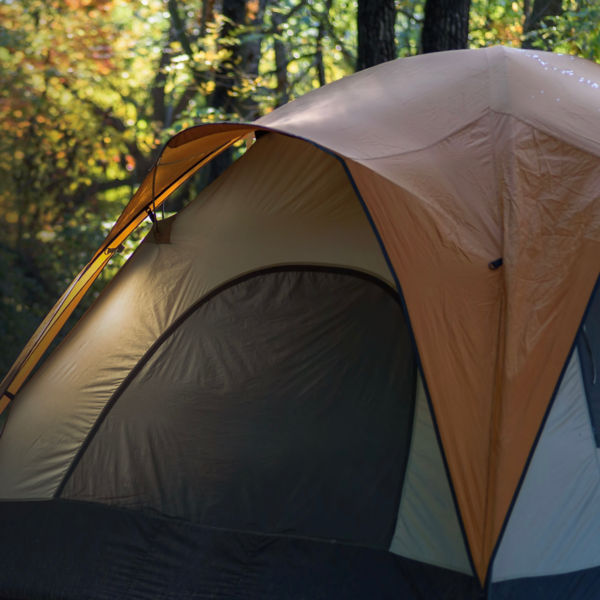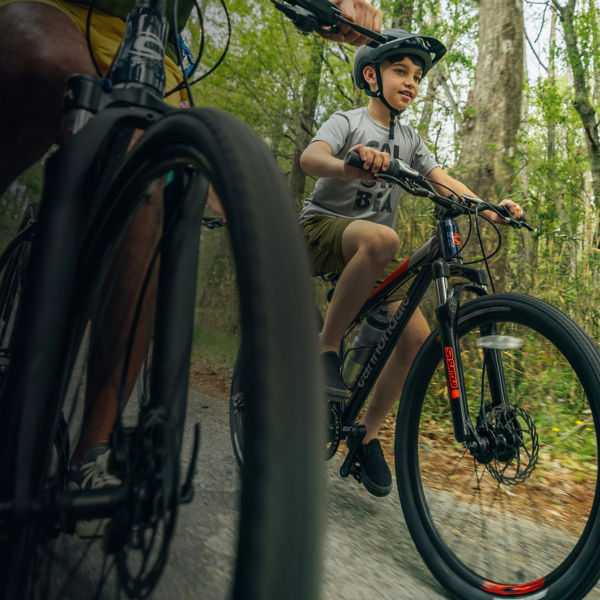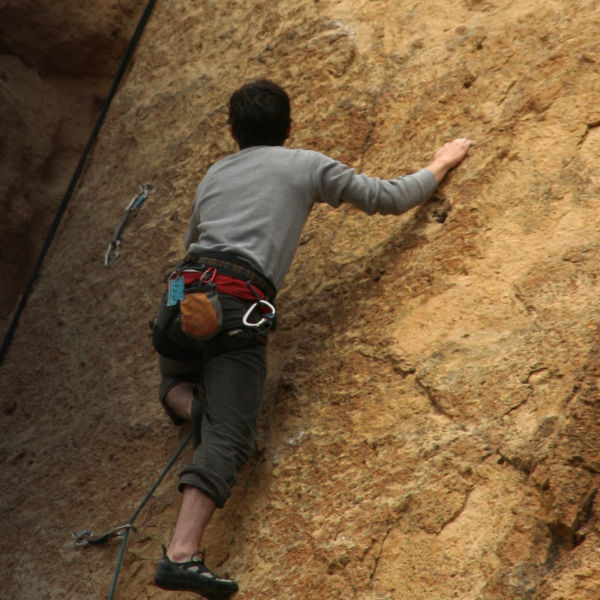
With more than 215 miles of fishable shoreline and some of the healthiest trout, salmon, and steelhead populations in the U.S., Oregon’s Rogue River is an angler’s paradise. That said, it can come with a bit of a learning curve, especially if you come from a lake-fishing background. Here’s everything you need to know to master the Rogue, including:
- Rogue River fish species
- Best seasons to fish the Rogue
- Recommended spots
- Essential gear
- Licenses
Rogue River fish species
The Rogue is most famous for its Chinook salmon, Coho salmon, and steelhead trout. It’s also home to four other varieties of trout: rainbow, brook, brown, and cutthroat. If you can’t positively identify the species on your line, you’re required to release it. It may be a threatened or otherwise protected species. Also be sure to check with the Oregon Dept. of Fish and Wildlife for the latest catch reports, quota updates and regulations.
Trout
Rainbow trout are the most common trout species in the Medford area of southwestern Oregon. They can be up to 30 inches long—a striking contrast to the cutthroat’s average 9-inch length.
Steelhead
Steelhead, a type of ocean-dwelling trout that migrates upstream to lay eggs, can get even bigger. Most steelhead live at sea for one to two years before returning to freshwater. But in late September, parts of the Rogue see runs of “half-pounders,” a name given to immature steelhead that return after just a few months in the ocean. (The name is a misnomer; half-pounders are usually 12 to 15 inches long and weigh around 2 pounds each.) Because they’re rare elsewhere in the world, half-pounders are one of the more prized fish on the Rogue.
In contrast to the half-pounders, a mature steelhead weighs 5 to 10 pounds. They tend to arrive later in the season.
Salmon
Chinook salmon are notoriously huge—generally 20 to 40 pounds each. Coho salmon, which arrive in the fall, look similar to Chinook salmon, but they’re generally smaller and tougher to catch. Cohos weigh in around 8 pounds on average and can be up to 24 inches in length. ‘
Best seasons to fish the Rogue
You can fish the Rogue River pretty much any time of year. Your ideal season will depend on what you’re hoping to catch.
Spring Chinook
Springers, usually regarded as the tastiest fish you’ll catch on the Rogue, usually begin heading upstream in March or April. The run usually continues through June. (Try to hit the water early in the morning, as this is when Chinook are often most active.)
Fall Chinook
You’ll find these salmon heading upstream in late summer to early fall. The run usually begins in late August or early September and lasts through October.
Half-pounder Steelhead
The annual half-pounder run usually begins in September and can last through December.
Coho salmon
While coho salmon are typically harder to catch than steelhead or Chinook, experienced anglers can often find them on the Rogue in late August to early November.
Winter steelhead
Mature steelhead usually begin to return from the ocean in late December and stay through mid-March.

































